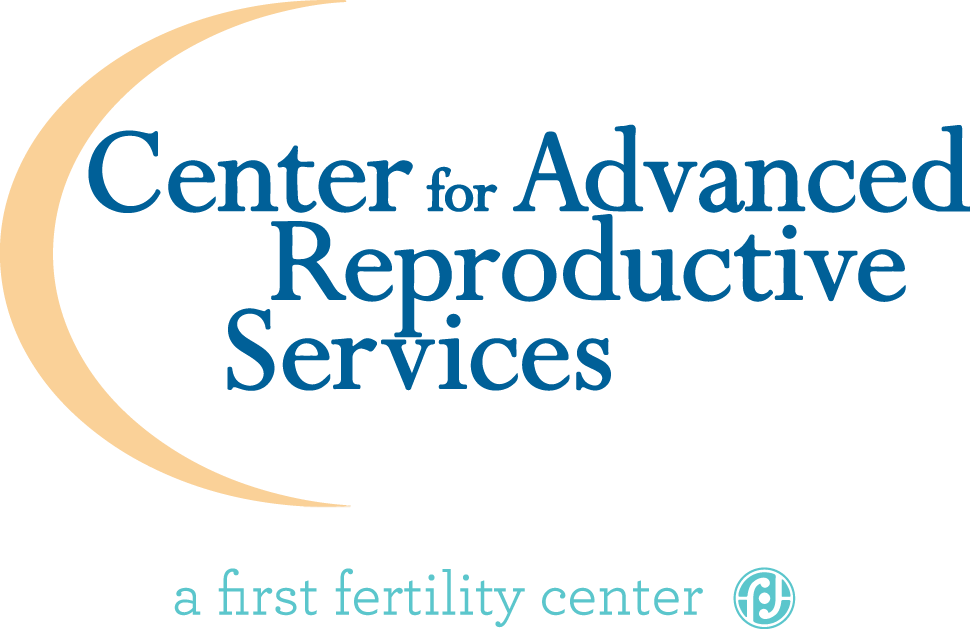By Claudio Benadiva, MD, HCLD
You are probably familiar with the issues of multiple births resulting from fertility treatments. Some of the health and ethical problems have been a focus of the news since the birth of octuplets to a California woman in 2009. IVF procedures are not perfect and come with risk, so it became standard practice to transfer more than one embryo to improve success rates. Transferring multiple embryos can result in multiple births, which carry a number of risks, including prematurity, low birth weight, learning disabilities and developmental problems for the infants, and preeclampsia, gestational diabetes, and cesarean section for the mothers. And of course, this also increases the costs for delivery and subsequent hospital stay. Some estimates for the 2009 octuplets placed the hospital costs alone between $1.5 and $3 million.
But years worth of advancements and better clinical management, along with guidelines from the American Society for Reproductive Medicine, have greatly improved the results for elective single embryo transfers (eSET). Here at the Center, the majority of our births are singleton deliveries, resulting in healthier moms and healthier babies. In fact, our most recently published data from the Society for Advanced Reproductive Services from 2016 shows that 81% of our IVF births were singleton births.
Today, with better techniques for growing and selecting the best quality embryos, transferring one embryo instead of two or more is a viable option for many women, depending on their age and other fertility-related issues. Women/couples who don’t want to risk multiple pregnancies or who have a preexisting medical condition for which a multiple pregnancy would not be safe should consider single-embryo transfer, and we advise you to consult with us to see if it makes sense for you.
Our Center’s goal is to achieve the highest live birth from single embryo transfers and to continue to improve outcomes for all IVF patients.
